What is the customer journey?
To create a good customer experience, from start to end, it’s important to understand what journey your customers go on. Usually presented in map form, the customer journey is all about understanding your customers and how they engage with your business from start to finish.
What do I need to include in my customer journey map?
The typical questions you need to ask yourself about your customers and how they find you include:
- Who are they?
- What are they looking for?
- What problems do they face?
- How are they finding us?
Creating this map allows you to focus on their needs and make their buying experience easier. This increases your chance of converting a lead into a loyal customer.
Key customer journey touchpoints
The below touchpoints are the key steps of your map – the guiding principles we recommend you follow to make sure you get as full a picture as possible to understand how your customer engages with your brand.
Step 1 – Awareness: The consumer becomes familiar with your brand through channels, including advertising and word-of-mouth. This is where your work on personas (read more here) can be put to use, as well as where both organic and/or paid content come into play. You’re trying to get your message out to the people you want to target. Step 1 is where they see you first, so a good impression is important.
Tip: This might be an opportunity to run an A/B test to understand how people find your brand, i.e. via a sponsored post or organically through SEO and keyword ranking.
Step 2 – Consideration: Realising that they have a need that must be met, the consumer actively considers whether or not to buy your product or service on offer. This stage is typically where they take the action to visit your website (or page if you are exclusively on Instagram, for example). They will explore your brand offering and investigate whether your product or service is right for them. Here, it’s key that your channel shows them what they want to see, without unnecessary steps or pages that would stop the potential customer finding out easily what they want.
Tip: To fully understand your visitors’ actions in the Consideration stage, take a look at your Google Analytics content drilldown to see where visitors leave your site – this could tell you where you might need to make changes to ensure people stay on the site. To learn more about your analytics and how Google’s update to GA4 can help you gain better insights to your digital marketing, read our blog here.
Step 3 – Purchase: The consumer makes the decision to buy your product or service. You can make this part of their experience with you even better by ensuring your purchase page is as transparent as possible: include information on pricing, contact details, FAQs, etc. You want this to be a positive experience, which leads nicely on to the last two steps of the journey.
Step 4 – Retention: The customer uses your product or service, sometimes seeking guidance from the provider or a user community, and perhaps being contacted by the provider to encourage brand loyalty. This encourages your customer to trust your brand and will keep them coming back to you.
Insight: Attract – nurture – delight. At this point, you have attracted a lead to your channel and they have made the purchase decision. The processes you have in place during stages one through three nurture the converted lead – your new client. They are subsequently pleased with your brand and their experience with you, and this increases the rate of retention and return purchase.
Step 5 – Advocacy: The customer spreads the word about your product or service – whether their opinion is positive or negative. Ensuring the first three steps result in positive results is key to getting your customers to advocate for you. This can include writing a review online (which you should demonstrate on your website/channels), or referring a friend.
How can TLS Digital Media help me?
The best way to understand your customers and their journey to you is to map it out – physically seeing the journey from start to finish helps you properly identify strengths and weaknesses in it. At TLS Digital Media, we can help you understand what your customer journey map is, identify weaknesses and opportunities, and build you a plan. Get in touch today to get started on your map!


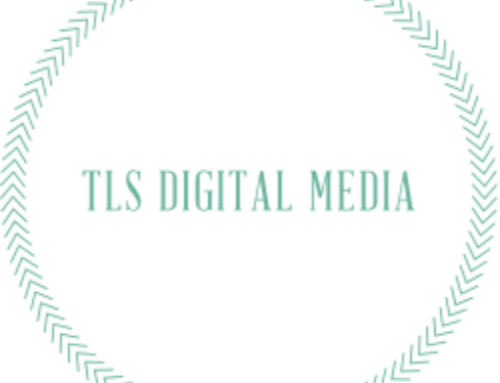


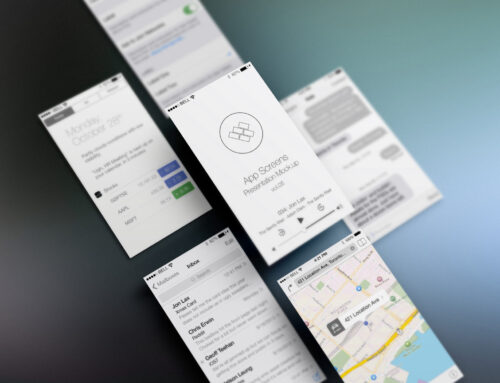

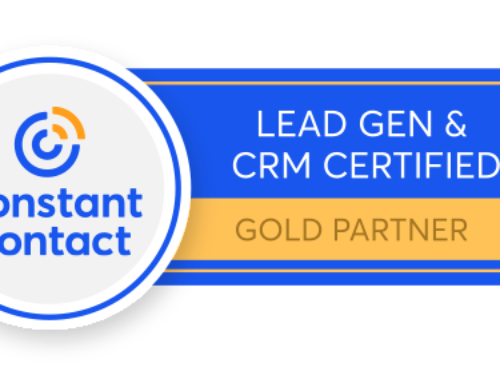

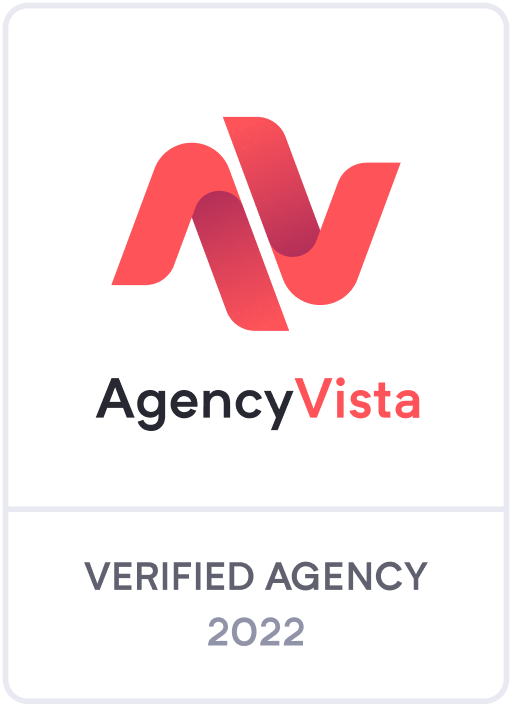

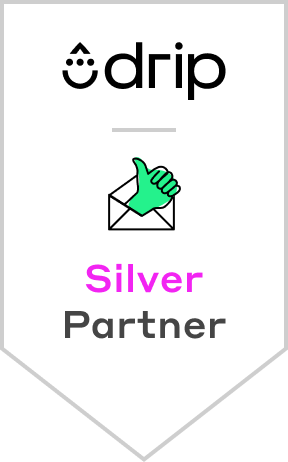
[…] For more tips and information about understanding your customer’s journey, click here. […]